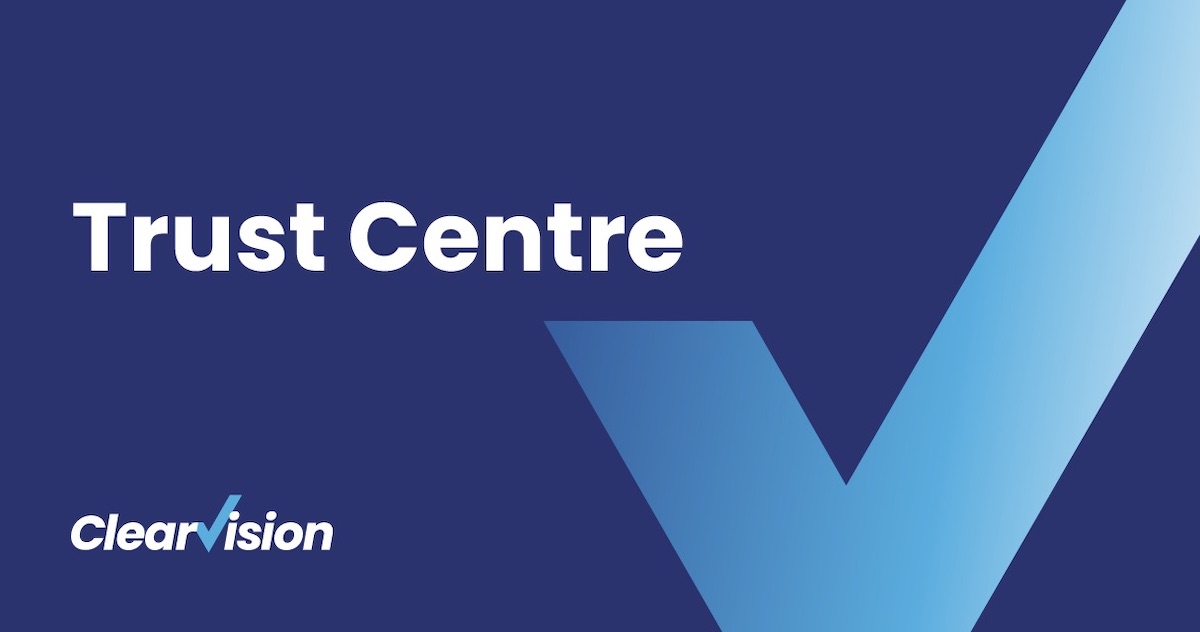With all these emerging frameworks and tools, it’s pretty hard to keep up. Especially since we – as project managers, developers and designers – need to get some work done.
The world of bug tracking probably isn’t the most exciting one. But there are a lot of developments going on which can help you be more effective in your daily work.
In this post, I’d like to give you an insight on the three latest trends in bug tracking and why you might want to embrace them.
1.Visual communication & collaboration
This is probably the biggest one. Visual communication and collaboration is taking over the business world, whether in terms of Skype, Google Hangouts or enterprise software.
But it doesn’t stop there.
Visual communication is becoming a big topic in the area of tracking bugs. Why?
“Researchers at 3M Corporation claim that we are able to process visuals 60.000 times faster than text.”
From websites to web applications to mobile apps. Everything we build aims for a visual experience for our end users. And as stated in the quote, it’s way more efficient to process visuals than text.
But when it comes to bug reporting and website testing, there is really not much of a visual experience for testers and QA agents. In most cases, a bug report still looks like a bug report from 10 years ago.
Luckily, I have some good news for you and your QA team. It doesn’t need to be that way. With visual bug tracking tools, like Usersnap, you can enhance your bug tracking experience with visual components.
Adding screenshots (automatically) to your bug report will not only make the life of your QA team easier, but it will also enable your developers to fix bugs faster, because they will simply see the bug on their screen.
2. Connected systems & continuous feedback
Moving from traditional software development frameworks (such as the Waterfall) to lean and agile methodologies should also be considered when it comes to tracking bugs and testing software.
With this change comes along a great shift from static workflows to “people-orientated” work styles. Connecting systems and workstyles is key here. Agile bug tracking requires collaboration between all stakeholders.
For example, by connecting your project management software (e.g. JIRA) with your bug tracking tool (e.g. Usersnap), you can ensure continuous collaboration between all team members, clients and other stakeholders.
3. Automated or Manual Testing
Depending on your project and company size, you might think about automating your bug reporting efforts. Automated testing basically means that you can run your test cases without any human interaction.
Automated tests require pre-scripted test scenarios. Automated testing services support all major platforms and browsers, which enables you to run fast and reliable test cases.
On the other hand, manual testing is still the way to go if you want to receive the most qualitative feedback you can get. In the short run, it can also be much cheaper than automated testing.
Which one to choose? It’s up to you. But make sure you check out the differences between automated and manual testing in detail.
Wrapping it up.
This was quite a lot, I know. I’ve shown you three different trends that you should consider when setting up your next project. Making use of a visual bug tracking tool that’s embedded in your software landscape will not only help your QA agents to be more productive, it will also let developers reproduce and fix bugs fast

clearvisionwebmaster
Atlasssian expert resources
Visit our blog for expert news and articles from the Atlassian world. On our resources page you will find recorded webinars, white papers, podcasts, videos and more.
The Software Blog
Read our blog for articles offering best practice advice written by Atlassian experts, as well as the latest news concerning your software.
Software White Papers and Guides
Dive deep into Atlassian software with our white papers and guides on individual tools, partner products, services, and best practices, written by the experts.
Expert Webinars
All of our webinars are pre-recorded and available to watch on-demand. Enjoy everything from partner features to application demos and updates from Atlassian experts.















